"It's been a frustrating morning for a motor twitcher like myself. Aston Martin V12 Zagato. My iPhone battery was flat. So, of course, we had to share some stock pics of one of our favourite cars from who is certainly "

The ‘ugly duckling’ Aston Martin would rather forget
Is the Aston Martin Cygnet is misunderstood modern classic? Tim Pitt drives one
Aston Martin will launch six new models before 2023, and boss Andy Palmer promises each will be “the most beautiful car in its class”.
Clearly nobody got the memo back in 2011 when it presented the Cygnet, a 98hp city car mocked by the press and ignored by customers. But was Aston’s ‘ugly duckling’ simply misunderstood?
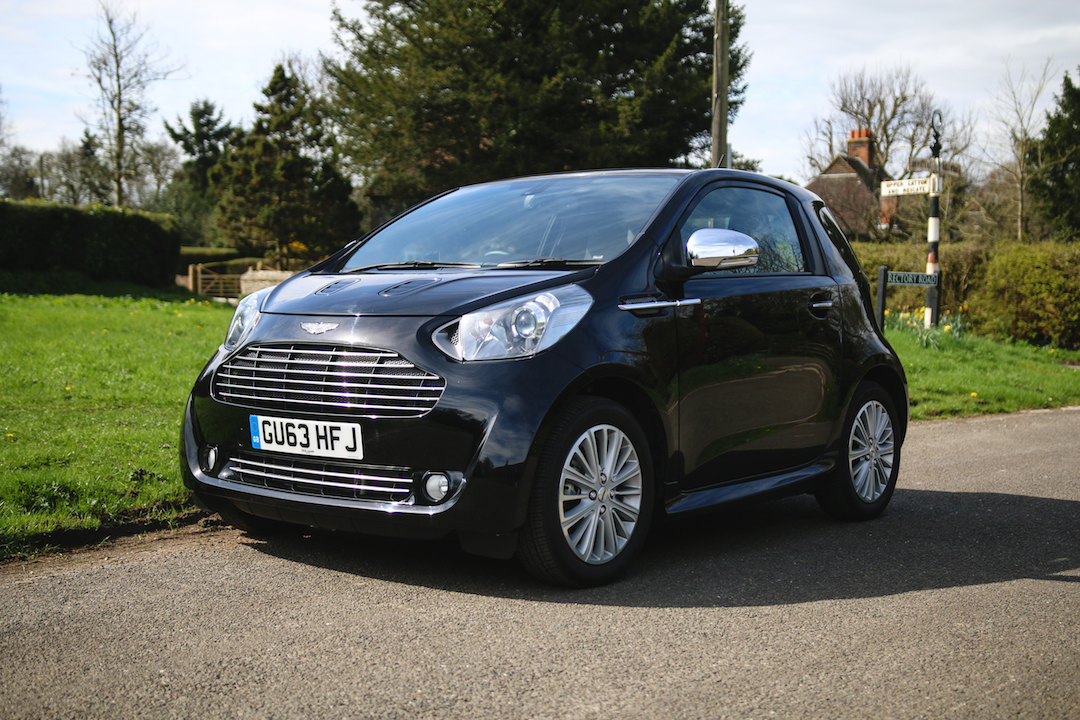
Like many ill-fated ideas, the Cygnet sprang from late-night, alcohol-fuelled conversation. As legend has it, the CEOs of Aston Martin and Toyota were partying in a Nürburgring pit garage. The former wanted a small car to reduce corporate CO2 emissions, the latter was keen to shift the slow-selling iQ. The result was one of the strangest joint-ventures in motoring history.
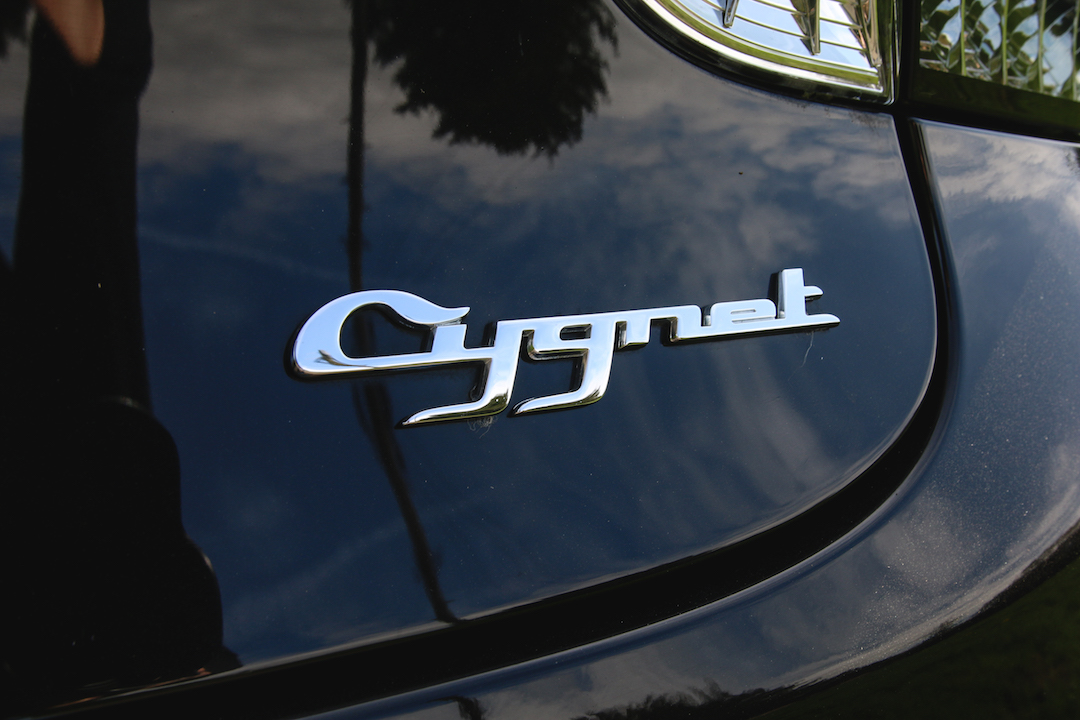
So, is the Cygnet simply a Toyota iQ in haute couture drag? Well, yes and no. Aston left the 1.3-litre petrol engine untouched, simply offering a choice of six-speed manual or CVT auto transmissions. Performance was identical, too: 0-62mph in a leisurely 11.6 seconds and 106mph flat-out. However, the Cygnet’s bodywork and interior were considerably more bespoke.

The most obvious change is Aston’s signature ‘S-Curve’ grille, made from extruded aluminium. Also spot the DB9-style wing vents, clear rear lights and tasteful alloy wheels, plus – if you look closely – neat ‘Cygnet’ script on the door handles. All cars were painted at Gaydon, ensuring a premium, supercar-spec finish.

Inside its three-and-a-half-seat cabin (the front passenger chair slides far forward into the recessed dashboard, allowing one adult to sit in the back alongside a small child), the Cygnet takes a further step upmarket. The dashboard is beautifully trimmed in soft leather and gains unique – and tricky to read – Aston Martin dials. Leather and Alcantara also swathe the seats, door cards and just about everything else, while the floor is carpeted in deep-pile decadence.
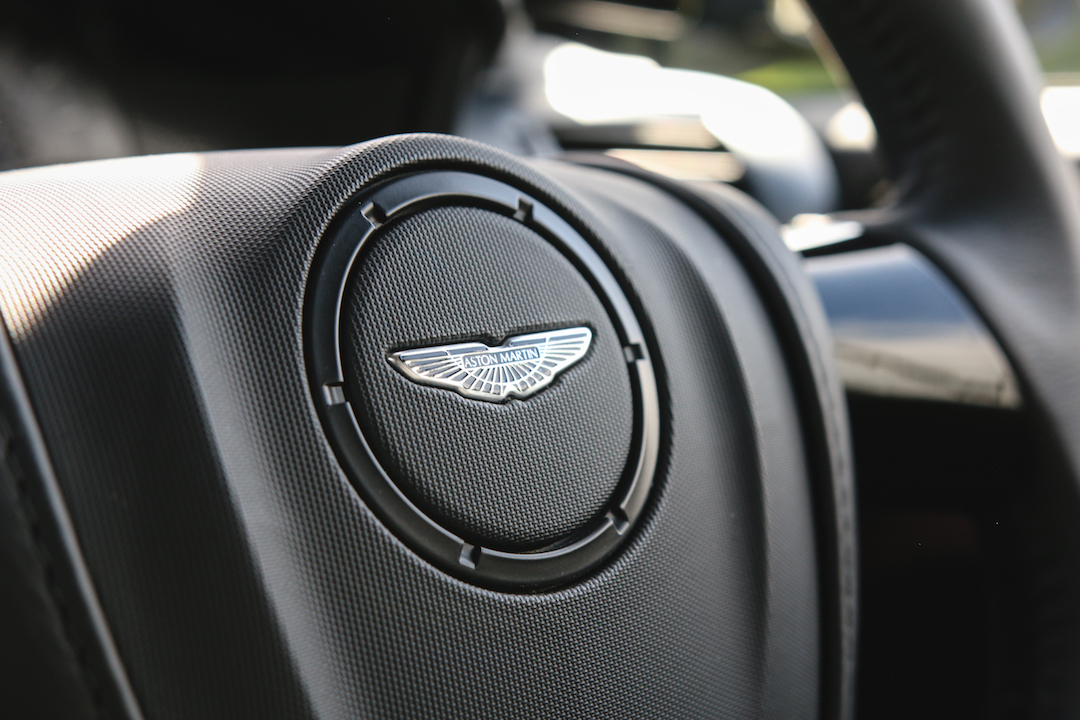
Still, it’s hard not to feel nonplussed when you press the start button and a Toyota four-pot whirrs gently into life. An AMG V8 this ain’t. Our immaculate, 5,000-mile test car – kindly loaned by David Rose – has the auto ’box and is thus very straightforward to drive: simply select ‘D’ and the CVT holds the engine at optimum revs for fuel-efficiency. Drive carefully and you should manage 54.3mpg.

The most remarkable thing about the Cygnet isn’t its performance, but its turning circle (bet you never expected to read that in an Aston Martin review). It almost spins on its axis: a real boon in the city. However, the car’s 1,680mm width – on par with superminis from the next class up – does limit its ability to duck and dive through traffic.

Cygnets usually roam the poshest postcodes of London, so driving one around the Surrey suburbs attracts a surprising amount of attention. Several people do double-takes, while one cyclist stops for a photo. Herein lies this littlest Aston’s appeal. With just 150 registered on UK roads, this is a rare car – and one with badge kudos far beyond its price tag.
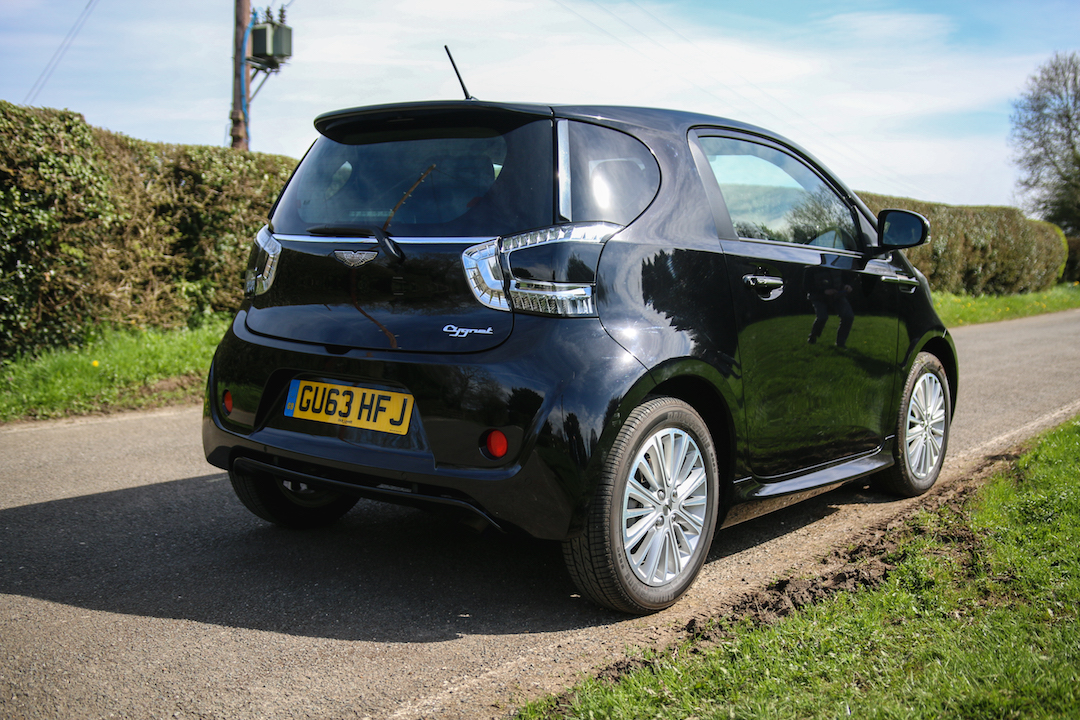
Not that Cygnets are particularly cheap. Indeed, you’ll be lucky to find one for less than £30,000: roughly the car’s price when new and around five times the going rate for an equivalent iQ. Unlike the Vantage and DB9 of the same era, this Aston Martin simply hasn’t depreciated.

The Cygnet is a footnote in Aston’s history, an oddball that one suspects its maker would rather forget. It failed because, ultimately, it wasn’t a real Aston Martin. However, that doesn’t make it a bad car – or indeed a bad investment today.
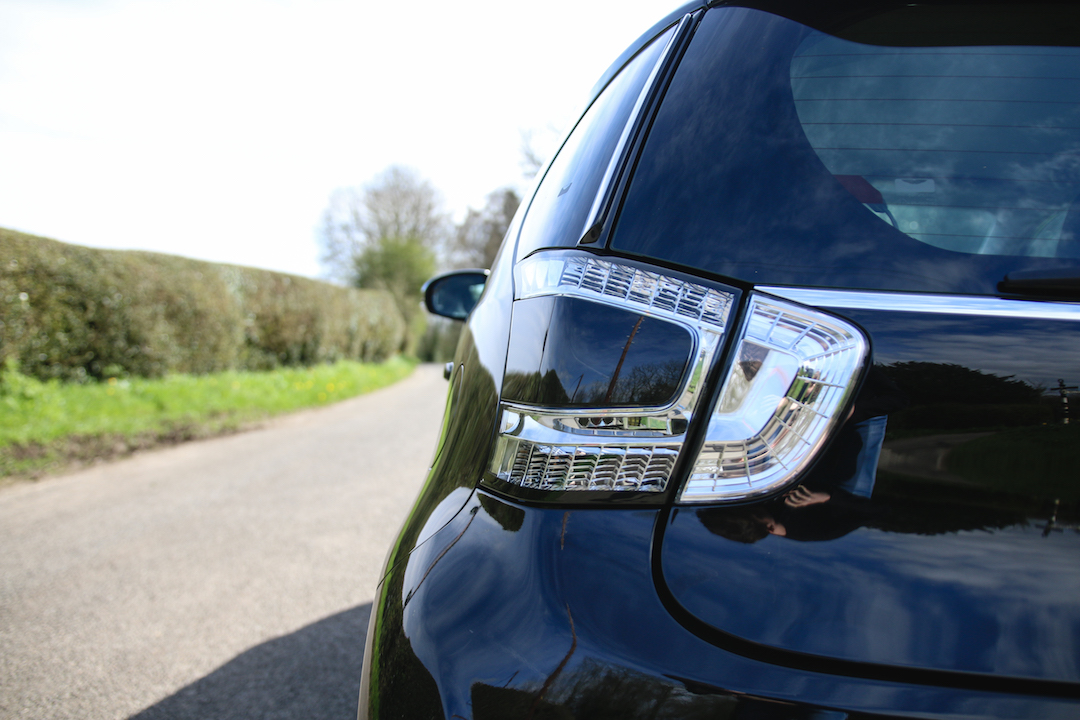
CLICK TO ENLARGE










